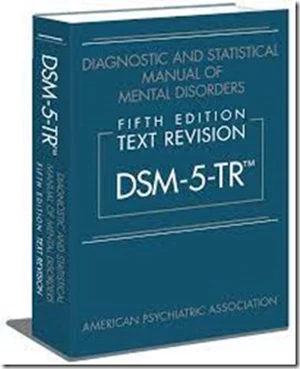Copyright © 2009 - 2026 - All Rights Reserved
Social Work Test Prep, LLC Pass the social work licensing exam with realistic practice. Full-length SWTP practice tests have helped thousands of social workers prepare for the ASWB Bachelors, Masters, Advanced Generalist, and Clinical exams. You’re next! Pass the LCSW, LMSW, LICSW, LGSW, or LSW exam. Connect with a study group or get tutoring from an experienced social work tutor. Free practice test and study guide with sign-up. All SWTP content is reviewed by licensed social workers. Meet the team. Get practice, get licensed! For continuing education units, use SWTP CEUs

 The text revision for DSM5 is the now the diagnostic book of record for the APA…and for the ASWB. We've detailed some of the changes in earlier posts. The changes between regular 5 and 5-TR are many, but easy to miss. One big change stands out and it worth some extra time to get familiar with before stepping up to the the social work licensing exam: the reworking of extended grief into prolonged grief disorder. Here's the full criteria via
The text revision for DSM5 is the now the diagnostic book of record for the APA…and for the ASWB. We've detailed some of the changes in earlier posts. The changes between regular 5 and 5-TR are many, but easy to miss. One big change stands out and it worth some extra time to get familiar with before stepping up to the the social work licensing exam: the reworking of extended grief into prolonged grief disorder. Here's the full criteria via